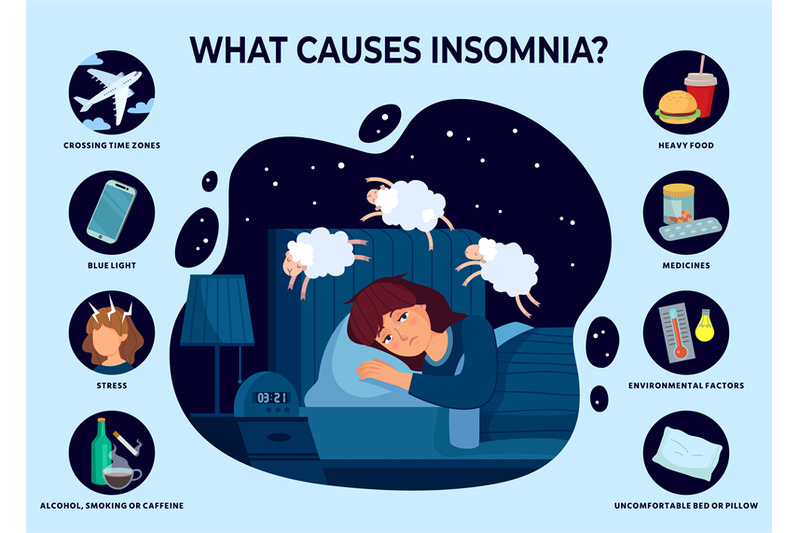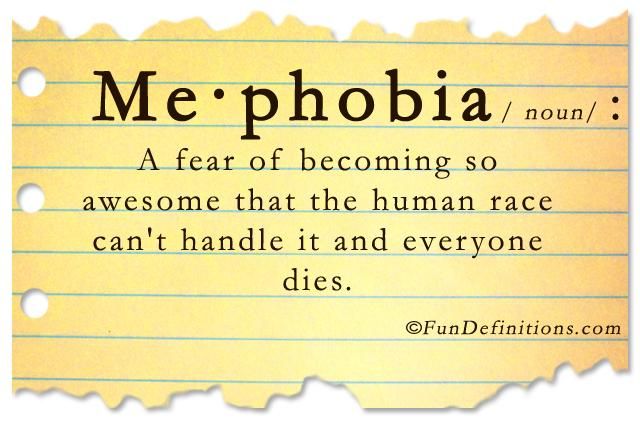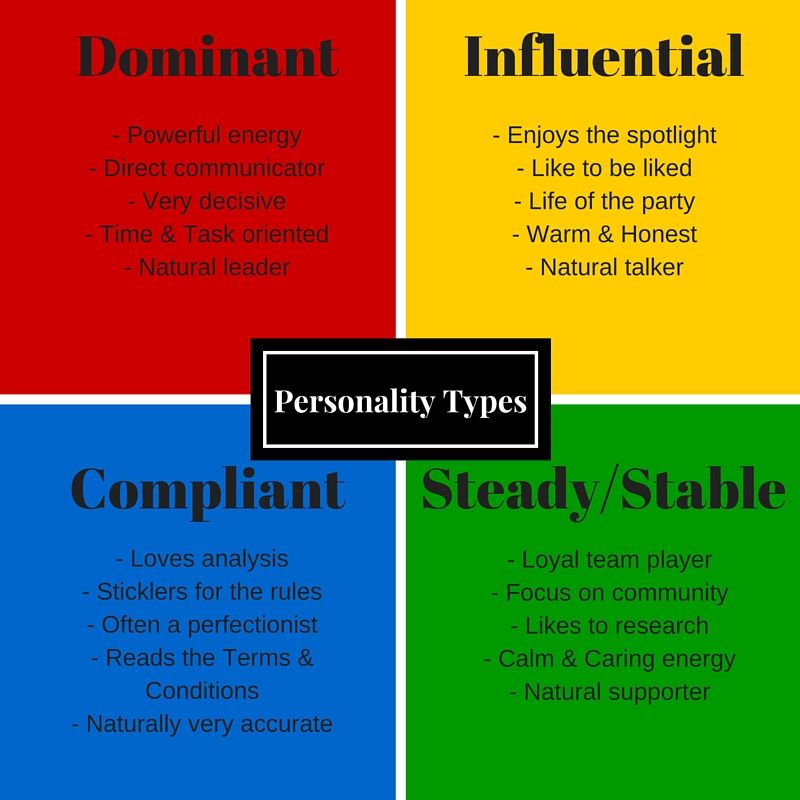Building resilient kids
Strategies to Strengthen Your Kids
Adolescent Anxiety
Help your child build resilience in the face of obstacles including bullying, moving, divorce, and anxiety with these tips from an expert
Katie Hurley, LCSW
All children are capable of working through challenges and coping with stress. Resilience is the ability to bounce back from stress, adversity, failure, challenges, or even trauma. It’s not something that kids either have or don’t have; it’s a skill that kids develop as they grow.
Resilient kids are more likely to take healthy risks because they don’t fear falling short of expectations. They are curious, brave, and trusting of their instincts. They know their limits and they push themselves to step outside of their comfort zones. This helps them reach for their long-term goals and it helps them solve problems independently.
Stress and Resilience
All kids encounter stress of varying degrees as they grow. Despite their best efforts, parents can’t protect kids from obstacles. Kids get sick, move to new neighborhoods, encounter bullies and cyberbullies, take tests, cope with grief, lose friends, and deal with divorce, to name a few. These obstacles might seem small in the eyes of an adult, but they feel large and all-consuming to kids.
Resilience helps kids navigate these stressful situations. When kids have the skills and the confidence to confront and work through their problems, they learn that they have what it takes to confront difficult issues. The more they bounce back on their own, the more they internalize the message that they are strong and capable.
Strategies to Build Resilience
Parents can help kids build resilience and confront uncertainty by teaching them to solve problems independently. While the gut reaction of the parent might be to jump in and help so that the child avoids dealing with discomfort, this actually weakens resilience. Kids need to experience discomfort so that they can learn to work through it and develop their own problem-solving skills.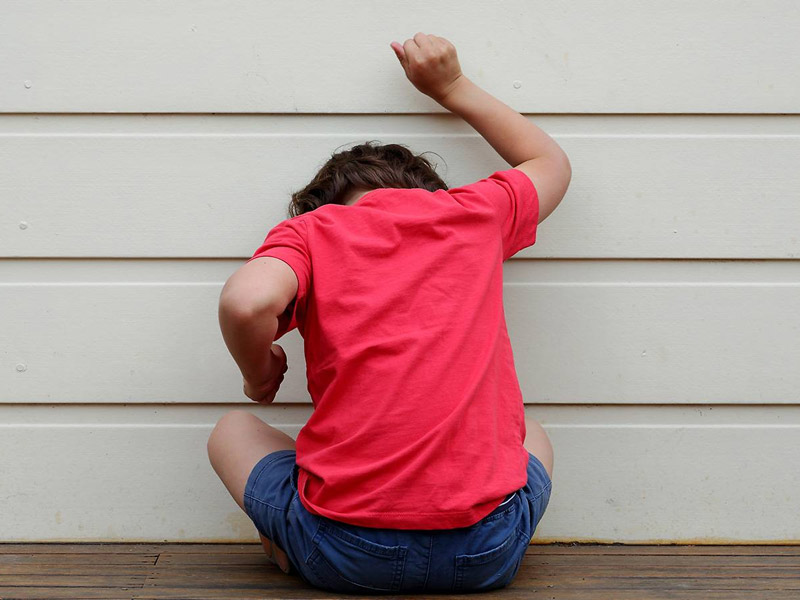 Without this skill-set in place, kids will experience anxiety and shut down in the face of adversity.
Without this skill-set in place, kids will experience anxiety and shut down in the face of adversity.
Build a Strong Emotional Connection
Spend one-on-one time with your kids: Kids develop coping skills within the context of caring relationships, so it’s important to spend one-on-one time with them. This means you need to put down the smart phone and focus on your child. When kids know they have the unconditional support of a parent, family member, or even a teacher, they feel empowered to seek guidance and make attempts to work through difficult situations. Positive connections allow adults to model coping and problem-solving skills to children.
Promote Healthy Risk-Taking
In a world where playgrounds are made “safe” with bouncy floor materials and helicopter parenting, it’s important to encourage kids to take healthy risks. What’s a healthy risk? Something that pushes a child to go outside of their comfort zone, but results in very little harm if they are unsuccessful. Examples include trying a new sport, participating in the school play, or striking up a conversation with a shy peer. When kids avoid risk, they internalize the message that they aren’t strong enough to handle challenges. When kids embrace risks, they learn to push themselves.
Examples include trying a new sport, participating in the school play, or striking up a conversation with a shy peer. When kids avoid risk, they internalize the message that they aren’t strong enough to handle challenges. When kids embrace risks, they learn to push themselves.
Resist the Urge to Fix It and Ask Questions Instead
When kids come to parents to solve their problems, the natural response is to lecture or explain. A better strategy is to ask questions. By bouncing the problem back to the child with questions, the parent helps the child think through the issue and come up with solutions.
Teach Problem-Solving Skills
The goal is not to promote rugged self-reliance. We all need help sometimes, and it’s important for kids to know they have help. By brainstorming solutions with kids, parents engage in the process of solving problems. Encourage kids to come up with a list of ideas and weigh the pros and cons of each one.
Label Emotions
When stress kicks in, emotions run hot. Teach your kids that all feelings are important and that labeling their feelings can help them make sense of what they’re experiencing. Tell them it’s okay to feel anxious, sad, jealous, etc. and reassure them that bad feelings usually pass.
Teach your kids that all feelings are important and that labeling their feelings can help them make sense of what they’re experiencing. Tell them it’s okay to feel anxious, sad, jealous, etc. and reassure them that bad feelings usually pass.
Demonstrate Coping Skills
Deep breathing exercises help kids relax and calm themselves when they experience stress or frustration. This enables them to remain calm and process the situation clearly.
Embrace Mistakes—Theirs and Yours
Failure avoiders lack resilience. In fact, failure avoiders tend to be highly anxious kids. When parents focus on end results, kids get caught up in the pass/fail cycle. They either succeed or they don’t. This causes risk avoidance. Embracing mistakes (your own included) helps promote a growth mindset and gives kids the message that mistakes help them learn. It can be helpful to talk about a mistake you made and how you recovered from it.
Optimism and resiliency go hand in hand. Some kids may appear more naturally optimistic than others, but optimism can be nurtured. If you have a mini pessimist on your hands, acknowledge the feelings that lead to pessimistic thinking and teach your child to reframe his thoughts to find the positive.
If you have a mini pessimist on your hands, acknowledge the feelings that lead to pessimistic thinking and teach your child to reframe his thoughts to find the positive.
Model Resiliency
The best way to teach resilience is to model it. We all encounter stressful situations. Use coping and calming strategies. Deep breathing can be an effective way to work through stress. Always label your emotions and talk through your problem-solving process.
Go Outside
Exercise helps strengthen the brain and make it more resilient to stress and adversity. While team sports are the most popular method of consistent exercise for kids, all kids really need is time spent outdoors engaging in a physical activity. If team sports don’t appeal to your child, encourage them or introduce them to bicycling, playing tag, or even just swinging at the playground. These are all great ways for kids to engage in free play that also builds resilience.
Resilience helps kids navigate the obstacles they encounter as they grow. It’s not possible to avoid stress, but being resilient is one of the best ways to cope with it.
It’s not possible to avoid stress, but being resilient is one of the best ways to cope with it.
Notes: This article was originally published January 2, 2018 and most recently updated November 24, 2020.
Strategies to Strengthen Your Kids
Adolescent Anxiety
Help your child build resilience in the face of obstacles including bullying, moving, divorce, and anxiety with these tips from an expert
Katie Hurley, LCSW
All children are capable of working through challenges and coping with stress. Resilience is the ability to bounce back from stress, adversity, failure, challenges, or even trauma. It’s not something that kids either have or don’t have; it’s a skill that kids develop as they grow.
Resilient kids are more likely to take healthy risks because they don’t fear falling short of expectations. They are curious, brave, and trusting of their instincts. They know their limits and they push themselves to step outside of their comfort zones. This helps them reach for their long-term goals and it helps them solve problems independently.
This helps them reach for their long-term goals and it helps them solve problems independently.
Stress and Resilience
All kids encounter stress of varying degrees as they grow. Despite their best efforts, parents can’t protect kids from obstacles. Kids get sick, move to new neighborhoods, encounter bullies and cyberbullies, take tests, cope with grief, lose friends, and deal with divorce, to name a few. These obstacles might seem small in the eyes of an adult, but they feel large and all-consuming to kids.
Resilience helps kids navigate these stressful situations. When kids have the skills and the confidence to confront and work through their problems, they learn that they have what it takes to confront difficult issues. The more they bounce back on their own, the more they internalize the message that they are strong and capable.
Strategies to Build Resilience
Parents can help kids build resilience and confront uncertainty by teaching them to solve problems independently. While the gut reaction of the parent might be to jump in and help so that the child avoids dealing with discomfort, this actually weakens resilience. Kids need to experience discomfort so that they can learn to work through it and develop their own problem-solving skills. Without this skill-set in place, kids will experience anxiety and shut down in the face of adversity.
While the gut reaction of the parent might be to jump in and help so that the child avoids dealing with discomfort, this actually weakens resilience. Kids need to experience discomfort so that they can learn to work through it and develop their own problem-solving skills. Without this skill-set in place, kids will experience anxiety and shut down in the face of adversity.
Build a Strong Emotional Connection
Spend one-on-one time with your kids: Kids develop coping skills within the context of caring relationships, so it’s important to spend one-on-one time with them. This means you need to put down the smart phone and focus on your child. When kids know they have the unconditional support of a parent, family member, or even a teacher, they feel empowered to seek guidance and make attempts to work through difficult situations. Positive connections allow adults to model coping and problem-solving skills to children.
Promote Healthy Risk-Taking
In a world where playgrounds are made “safe” with bouncy floor materials and helicopter parenting, it’s important to encourage kids to take healthy risks. What’s a healthy risk? Something that pushes a child to go outside of their comfort zone, but results in very little harm if they are unsuccessful. Examples include trying a new sport, participating in the school play, or striking up a conversation with a shy peer. When kids avoid risk, they internalize the message that they aren’t strong enough to handle challenges. When kids embrace risks, they learn to push themselves.
What’s a healthy risk? Something that pushes a child to go outside of their comfort zone, but results in very little harm if they are unsuccessful. Examples include trying a new sport, participating in the school play, or striking up a conversation with a shy peer. When kids avoid risk, they internalize the message that they aren’t strong enough to handle challenges. When kids embrace risks, they learn to push themselves.
Resist the Urge to Fix It and Ask Questions Instead
When kids come to parents to solve their problems, the natural response is to lecture or explain. A better strategy is to ask questions. By bouncing the problem back to the child with questions, the parent helps the child think through the issue and come up with solutions.
Teach Problem-Solving Skills
The goal is not to promote rugged self-reliance. We all need help sometimes, and it’s important for kids to know they have help. By brainstorming solutions with kids, parents engage in the process of solving problems. Encourage kids to come up with a list of ideas and weigh the pros and cons of each one.
Encourage kids to come up with a list of ideas and weigh the pros and cons of each one.
Label Emotions
When stress kicks in, emotions run hot. Teach your kids that all feelings are important and that labeling their feelings can help them make sense of what they’re experiencing. Tell them it’s okay to feel anxious, sad, jealous, etc. and reassure them that bad feelings usually pass.
Demonstrate Coping Skills
Deep breathing exercises help kids relax and calm themselves when they experience stress or frustration. This enables them to remain calm and process the situation clearly.
Embrace Mistakes—Theirs and Yours
Failure avoiders lack resilience. In fact, failure avoiders tend to be highly anxious kids. When parents focus on end results, kids get caught up in the pass/fail cycle. They either succeed or they don’t. This causes risk avoidance. Embracing mistakes (your own included) helps promote a growth mindset and gives kids the message that mistakes help them learn. It can be helpful to talk about a mistake you made and how you recovered from it.
It can be helpful to talk about a mistake you made and how you recovered from it.
Optimism and resiliency go hand in hand. Some kids may appear more naturally optimistic than others, but optimism can be nurtured. If you have a mini pessimist on your hands, acknowledge the feelings that lead to pessimistic thinking and teach your child to reframe his thoughts to find the positive.
Model Resiliency
The best way to teach resilience is to model it. We all encounter stressful situations. Use coping and calming strategies. Deep breathing can be an effective way to work through stress. Always label your emotions and talk through your problem-solving process.
Go Outside
Exercise helps strengthen the brain and make it more resilient to stress and adversity. While team sports are the most popular method of consistent exercise for kids, all kids really need is time spent outdoors engaging in a physical activity. If team sports don’t appeal to your child, encourage them or introduce them to bicycling, playing tag, or even just swinging at the playground.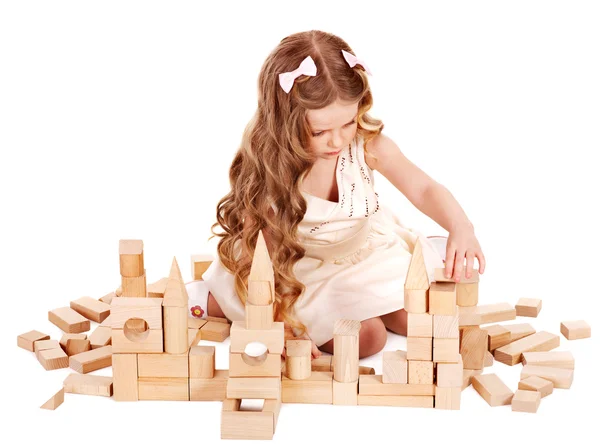 These are all great ways for kids to engage in free play that also builds resilience.
These are all great ways for kids to engage in free play that also builds resilience.
Resilience helps kids navigate the obstacles they encounter as they grow. It’s not possible to avoid stress, but being resilient is one of the best ways to cope with it.
Notes: This article was originally published January 2, 2018 and most recently updated November 24, 2020.
Raising Resilient Children - Child Development
Resilient children are ready for the challenges that life brings them every day. They are able to effectively solve problems, fully recover from failures and competently cope with difficulties. By helping children build resilience, we equip them with the tools to deal with life's challenges, both big and small.
Mentally stable children do not act harshly and do not suppress their emotions. They do not become stubborn and treat other people kindly. Mentally resilient children work on their flexibility, adaptability, the ability to quickly regenerate mentally and physically, and boldly and confidently reach their potential.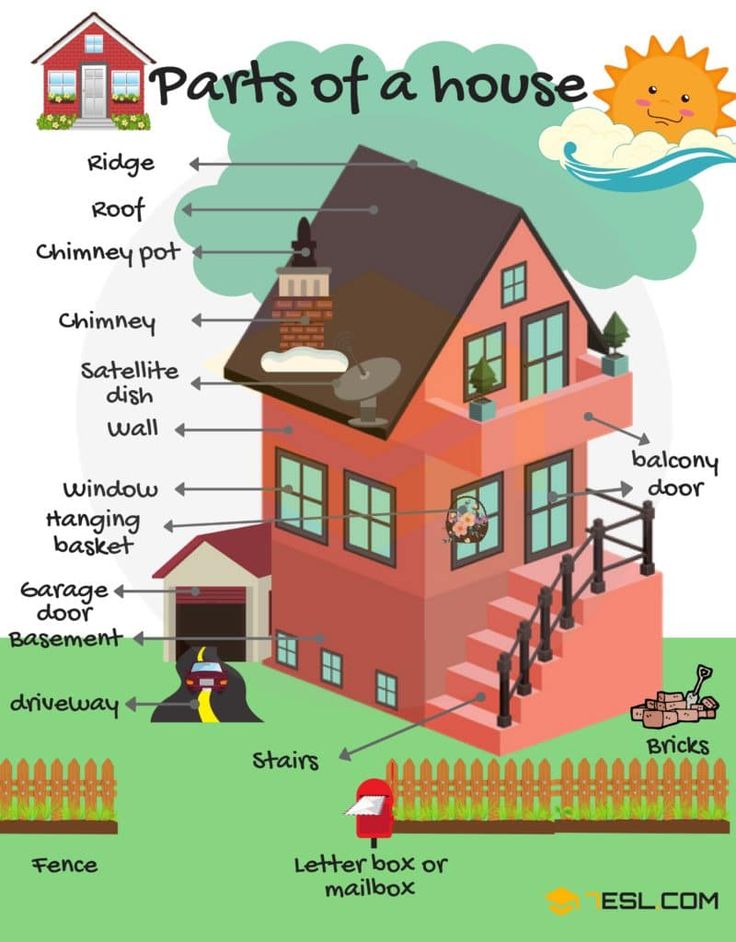 nine0003
nine0003
Helping a child develop resilience requires a three-pronged approach: learning to change negative thoughts into more realistic ones, controlling one's emotions so that they do not control the child, and demonstrating effective behavior no matter the circumstances.
There are several parenting strategies, discipline methods, and teaching tools that can help children become stronger. This article presents ten strategies for helping a child develop resilience:
1. Teach specific skills
Discipline should not be about punishment, it should be about learning. See your child's misbehavior as an opportunity to teach them specific skills, such as problem-solving skills, impulse control, and self-discipline. They will help the child to behave more effectively even in those situations when he is faced with temptations, difficult conditions and difficult setbacks.
2. Let your child make mistakes
Let your child learn important life lessons by making their own mistakes.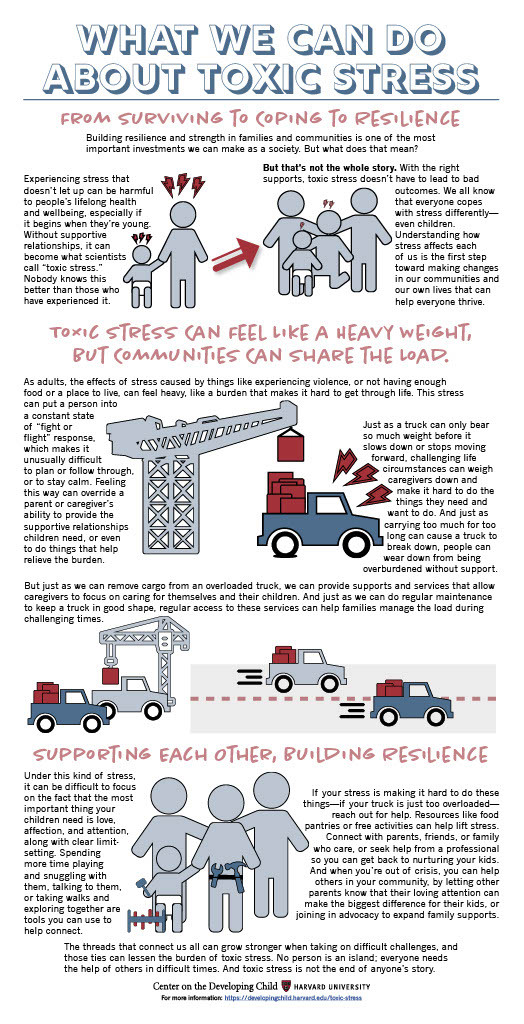 Tell him that mistakes are part of the learning process and that there is no need to be ashamed or embarrassed when you do something wrong. When it is safe to do so, let the natural consequences of mistakes follow. Talk to your child about how to avoid making the same mistake next time.
Tell him that mistakes are part of the learning process and that there is no need to be ashamed or embarrassed when you do something wrong. When it is safe to do so, let the natural consequences of mistakes follow. Talk to your child about how to avoid making the same mistake next time.
3. Prevent Negative Thinking
Children cannot feel psychologically stable if they engage in self-deprecation, revel in anxious thoughts, or make gloomy predictions. Teach your child to be able to calm their negative thoughts, to think more realistically and even positively. An optimistic view of the inevitable difficulties of life helps children reach their maximum potential. nine0003
4. Help your child face their fears
If your child avoids doing things he or she finds scary, he will never gain confidence in his ability to cope with stress. If he's afraid of the dark or afraid to try new things, help him courageously overcome his fears. When children successfully manage their fears, they are able to step out of their comfort zone with confidence and become even stronger.
When children successfully manage their fears, they are able to step out of their comfort zone with confidence and become even stronger.
5. Allow the child to feel uncomfortable
Although it is natural to want to help a child when he is in trouble, being saved from all troubles will only reinforce his sense of helplessness. If your child is frustrated about math homework or is struggling to resolve an argument with a friend, allow them some discomfort and allow them to work through the problems on their own. Children develop resilience when they learn to manage their emotions. nine0003
6. Focus on shaping the child's character
Children need strong moral guidelines to make good decisions. Try to instill true values in your child. Create opportunities for life lessons that will regularly reinforce the meaning of your value beliefs. For example, emphasize the importance of honesty and compassion rather than winning at all costs. Children who understand the importance of moral values are more likely to make sound decisions—even when others disagree with their actions. nine0003
Children who understand the importance of moral values are more likely to make sound decisions—even when others disagree with their actions. nine0003
7. Make gratitude a priority
Gratitude is a great cure for self-pity and other bad habits that prevent a child from becoming mentally stable. Help your child to know all the good things in the world so that even in his worst days he knows that he has much to be deeply grateful for. Gratitude can improve a child's mood and encourage proactive problem solving.
8. Assert personal responsibility
Developing resilience involves taking personal responsibility. When a child makes a mistake or misbehaves, allow him to explain the motives for his behavior, but do not allow him to make excuses. Give comments if he tries to blame others for what he thinks, feels or how he behaves.
9. Teach your child how to manage emotions
Developing resilience requires children to be aware of their emotions.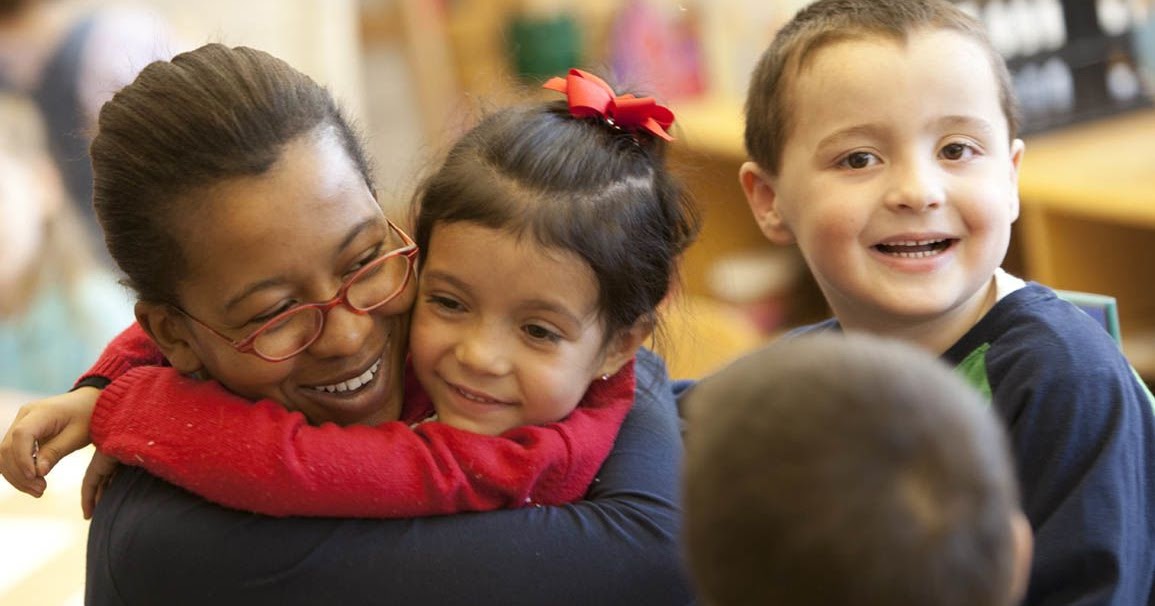 You don't have to suppress your feelings, but you do need to choose healthy ways to manage them. Teach your child to deal with unpleasant emotions such as anger, sadness, and fear. When children understand their own feelings and know how to deal with them, they become better equipped to deal with problems. nine0003
You don't have to suppress your feelings, but you do need to choose healthy ways to manage them. Teach your child to deal with unpleasant emotions such as anger, sadness, and fear. When children understand their own feelings and know how to deal with them, they become better equipped to deal with problems. nine0003
10. Demonstrate resilience by example
The best way to encourage a child to develop resilience is to show him your own resilience, not just talk about it. Talk about your personal goals and show your child that you are taking steps to become stronger. Make self-improvement and resilience a priority in life, and avoid doing things that resilient parents don't do. nine0003
The Surprising Secret of Raising Resilient Children
What can help children become more resilient, cope with adversity, get up after falls, be resourceful and inventive? About what gives such wonderful fruits, an article by Deborah McNamara.
One of the most important qualities we can develop in our children is mental toughness. It is at the heart of every person’s ability to endure adversity, deal with stressful events with confidence, and thrive despite obstacles. nine0003
It is at the heart of every person’s ability to endure adversity, deal with stressful events with confidence, and thrive despite obstacles. nine0003
The capacity for psychological resilience is human nature, and this is how we transform in the face of severe trials. While we are all born with the ability to adapt to life's circumstances and be resourceful, each of us needs support to reach that potential.
There are a number of factors that underlie psychological resilience, but there is one that seems to be constantly overlooked when it comes to children. According to psychologist Gordon Neufeld, we underestimate the importance of a child being “protected from a hurtful world by secure emotional attachment to caring adults » .
It is caring relationships with adults that shield the vulnerable hearts of children from the hurtful words of peers, other adults, or siblings.
In a long-term US national study of adolescent health of more than 90,000 adolescents, Michael Resnick and colleagues found that the single most significant factor in protecting against emotional stress was a strong nurturing relationship with an adult.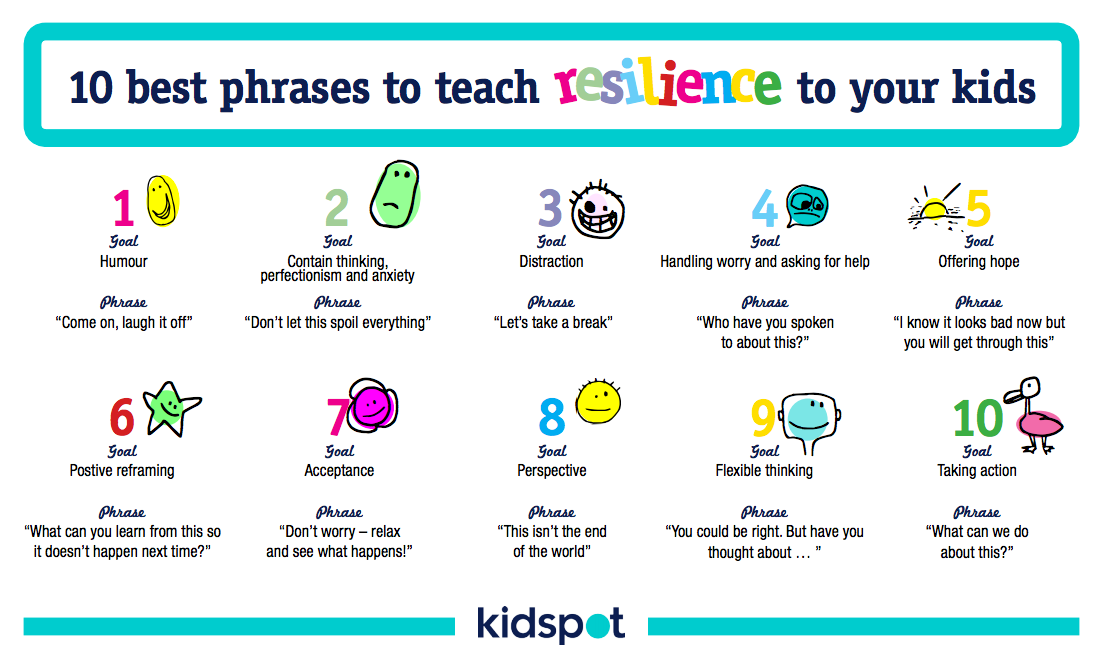 In other words, resilience is a by-product of a strong and secure bond between a child and an adult. nine0003
In other words, resilience is a by-product of a strong and secure bond between a child and an adult. nine0003
How does a relationship with an adult help build resilience?
Relationships with a caring adult can save a child from the pain of emotional trauma, shame and feeling “ something is wrong with me ” . When a child cares more about what their adults think of them, the words and actions of other people will matter less.
It is relationships with adults that can protect a child's heart from unbearable shocks and provide emotional shelter. If a child is faced with too much separation, unbearable losses or difficulties, then it is a deep and warm relationship with parents that should help him get through all this. nine0003
The presence of caring adults in a child's life will preserve his vulnerable feelings, help him shed tears, talk through losses and regain hope. There is no need to protect our children from all disorders, but we must take care that they do not have to cope with difficulties alone. As Aleta Salter said, when a child cries, it means that he has already felt pain, and tears are a way of healing.
As Aleta Salter said, when a child cries, it means that he has already felt pain, and tears are a way of healing.
The protective power of relationships with adults becomes apparent in the study of psychological stability. A 30-year long-term study of children's resilience conducted on the Hawaiian island of Kauai by Emma Werner and Ruth Smith found that a third of children who experienced poverty, mental illness, or addiction in their families were emotionally healthy and socially successful, even despite family dysfunction. . nine0003
The essential difference between this group and the rest was the presence of strong caring attachments with emotionally healthy adult substitutes for parents: grandparents, adults in schools and church communities. A strong relationship with a caring adult is one of the most important protective factors for children's emotional and mental health.
Three a sign of the relationship between a child and an adult for the formation of a psychological stability
To attachment with an adult contributed to the development of psychological resilience child, the parent-child relationship should have three essential qualities:
1.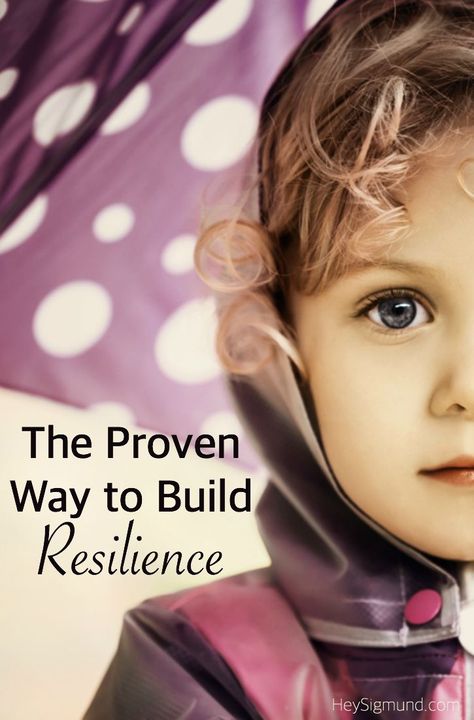 The parent should strive to capture the heart of the child and hold on to it. To become a shield for the child's emotional system, the parent must enlist his trust and disposition. After all, it is the attachment of the child that allows the parent to successfully fulfill his parental role - to take care and protect. A child who seeks contact and intimacy, wants to be significant, to feel belonging, to be cared for and to share his secrets, entrusts his heart to an adult. nine0003
The parent should strive to capture the heart of the child and hold on to it. To become a shield for the child's emotional system, the parent must enlist his trust and disposition. After all, it is the attachment of the child that allows the parent to successfully fulfill his parental role - to take care and protect. A child who seeks contact and intimacy, wants to be significant, to feel belonging, to be cared for and to share his secrets, entrusts his heart to an adult. nine0003
Our children need to see us as the answer and, when faced with adversity, seek solace in our arms. It is impossible to take care of a child's heart if it does not originally belong to us. We will not be able to help a child cope with a difficult situation if he does not turn to us for guidance and guidance.
2. It is the parent - not peers or gadgets - who should remain the primary leading attachment in their children's lives. Sometimes parents find themselves fighting for their children's attention and time when it comes to peers or gadgets. If, in case of problems, children turn to their peers for help, and not to their adults, they are deprived of the necessary protection at the very moment when they need it most. nine0003
If, in case of problems, children turn to their peers for help, and not to their adults, they are deprived of the necessary protection at the very moment when they need it most. nine0003
When a child's attention is constantly captured by screens or gadgets, it becomes more difficult for parents to connect with him or find opportunities to spend time together. In short, we cannot afford to be ousted or replaced, nor allow our mutual love with our children to cool down.
3. A parent should not be a source of traumatic experiences. If a nurturing relationship with an adult is one of the answers to the world that is sometimes too hurtful, then the parent should be especially careful not to become a source of rejection, separation, or emotional wounding of the child. Given our human shortcomings, this will mean that we will have to take responsibility for eliminating the consequences of our overreaction, which can deeply hurt the child. nine0003
Our main goal is to maintain relationships by striving to be generous and accepting parents, regardless of the behavior and academic performance of our children.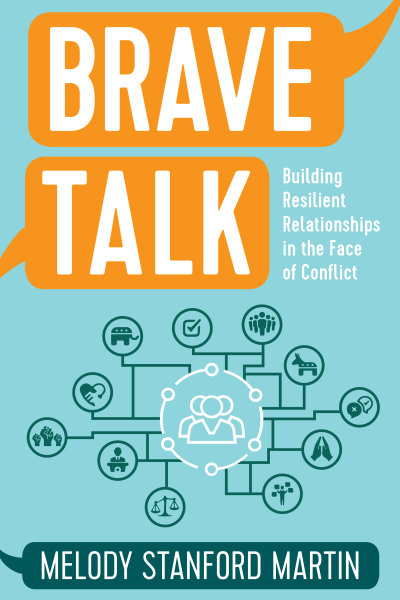 While we may need to be firm in our behavior and demands, we can relax in relationships and show a sincere desire to maintain a warm bond with the child in any situation and under any circumstances.
While we may need to be firm in our behavior and demands, we can relax in relationships and show a sincere desire to maintain a warm bond with the child in any situation and under any circumstances.
It's funny how we look for the keys to resilience in all sorts of places, but lose sight of the one that is within our direct influence as parents. The amazing secret of children's resilience is ourselves. By the ingenious design of nature, we are created to crave contact and intimacy. nine0003
The simple truth is that the one to whom the child gives his heart is able to protect him with his own. Our relationship with children is what protects them as they walk into the big world, which will not always be kind to them and will not always live up to their expectations or take care of them in the way that we do.
We must make every effort to make our children feel at home next to us and not struggle with adversity alone. The key to children's resilience is how our relationships protect their emotional system and act as an antidote to heartache when their emotional world is overwhelmed.







